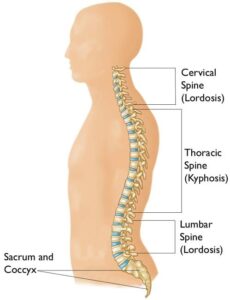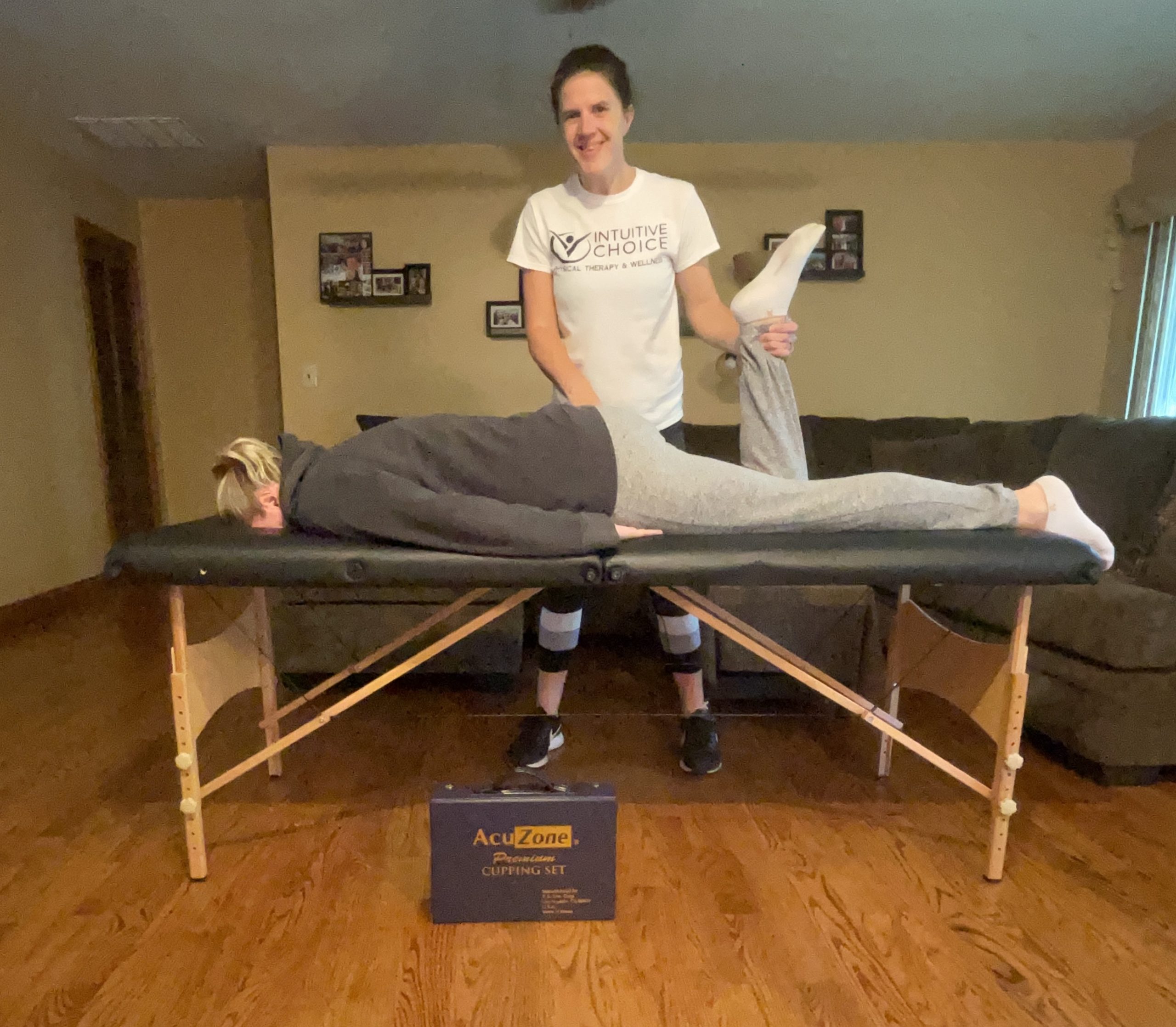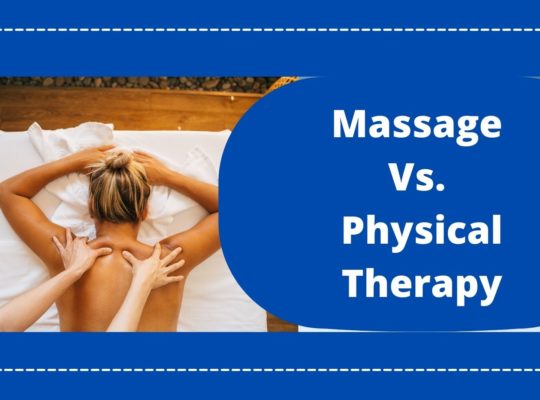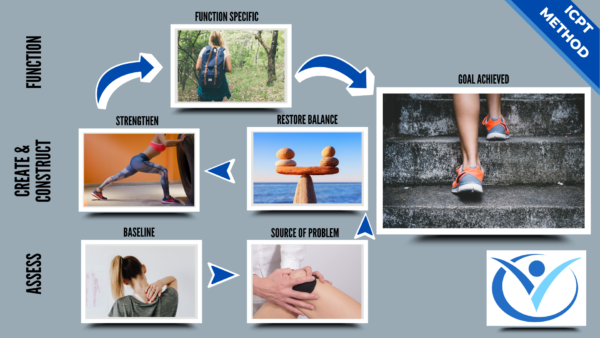Before we jump in, let’s review, what is a Physical Therapist?
A Physical Therapist is a health specialist who evaluates and treats human body disorders. This includes illness and injuries that occur to the body. After they perform an evaluation of your current deficits, the goal is to return proper movement and restore the body’s ability to function. And like a doctor’s diagnosis, a PT’s clinicial impression guides the treatment plan.
They use a combination of techniques but the most important one is hands-on physical therapy. This is what we going to discuss in this article.
What Is Hands on Physical Therapy?
“Hands on physical therapy” is also known as Manual Physical Therapy. It refers to a cluster of hands on therapuetic techniques used by a licensed physical therapist. These treatments are for a wide variety of symptoms, conditions and diagnoses. Manual Therapy is the medical term that is used by physical therapy providers and billed under a certain CPT code for its service.
This style of hands on treatment, which is often performed alongside exercise provides you with several benefits. Including pain relief, increased joint mobility, better range of motion, and improved muscular flexibility for you to properly move in your day to day.
Physical therapists harness knowledge of anatomy and pathology while utilizing their hands to passively help increase flexibility of a muscle, relax a muscle group, improve the range of motion of a joint or help decrease your pain. And this is all part of the plan to treat your specific condition.
This style of treatment is particularly valuable during more acute phases of injury and rehab when movement is limited and pain levels are high. However can be utilized throughout your care. It can even stop the pain in the spinal cord and other injury sites by activating your body’s “natural high” center, also known as the endogenous opiate system. And it can help you build confidence in the positive outcome of your therapy, working through the whole of your injury inside and out.
Hands on therapy techniques are not one size fits all. The therapist will change their techniques as symptoms subside and movement improves, signaling that you are reaching your goals.

What are Hands on Therapeutic Techniques?
As you might expect, manual therapy is considered a “hands-on” treatment because each technique within this category involves the therapist physically touching you.
These techniques are:
1. Soft tissue massage: This involves stroking or gliding motions performed over a muscular or connective tissue area. It helps to improve tissue relaxation, mobility, or pain in the region.
2. Joint manipulation: A quick, thrust-style technique that takes a joint beyond its normal range of motion. The goal is to improve mobility of the spine and (in some cases) help with pain.
3. Joint mobilization: These are slower, repetitive oscillations within a joint’s range of motion limitations. They help promote mobility and increase the range of motion of the spine.

4. Friction massage: A quick repetitive form of massage that is meant to temporarily increase inflammation. It helps break up scar tissue in an effort to promote healing and reduce pain.
5. Passive stretching: Extending or lengthening a muscle or group of muscles to improve range of motion. It increases flexibility in an area of tightness.
Each of the techniques listed above can be beneficial when used in the correct circumstances. They are often used in tandem, and this is where the physical therapist’s skill comes into play. They recognize how reacting and know which of these techniques are the right one to perform. Our ultimate goal is to get you feeling and moving better.
When To Try Hands On Physical Therapy
Hands on physical therapy techniques are valuable and in some cases essential for . For example, following surgery, passive stretching and joint mobilizations are key for the surgical site to recover full range of motion. In particular, it’s very important following knee replacements and shoulder surgeries. It also helps to calm the nervous system for those with chronic pain complaints, which allows for participation in more daily activities without frustration.
Hands on techniques are key to regaining function in a variety of diagnoses, particularly in patients with osteoarthritis. Massage helps with pain and improves the body’s function all while decreasing pain and irritation.
Physical therapy is an effective treatment option for a wide range of pain causing conditions. Utilizing hands-on therapy from a qualified physical therapist can play an important role in your care. Whether your pain is the result of surgery, an injury or a chronic condition, it is important to remember that living in pain doesn’t have to be normal. Working with the right physical therapist leads to finding appropriate solutions for you to have better days ahead.
If you are curious about this service, feel free to reach out and book a consultation call with us to see if we are the right fit for you.
© 2023 Intuitive Choice Physical Therapy and Wellness





